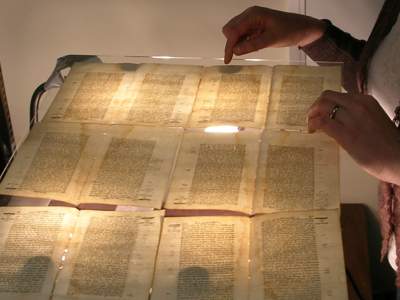 The blog, Google Blogoscoped has a scan of Scott McCloud’s comic book to explain the new Google Browser called Chrome, see Google on Google Chrome – comic book or Google’s version. It is interesting that Google used the comic book format to explain what is special about Chrome (see Scott’s FAQ), but Chrome itself, and how it is being presented, is also important. A few random thoughts:
The blog, Google Blogoscoped has a scan of Scott McCloud’s comic book to explain the new Google Browser called Chrome, see Google on Google Chrome – comic book or Google’s version. It is interesting that Google used the comic book format to explain what is special about Chrome (see Scott’s FAQ), but Chrome itself, and how it is being presented, is also important. A few random thoughts:
- The comic presents Chrome as designed for running applications. This strikes me as an Andreessen move where you alert Microsoft to the fact that you want to make a browser that replaces the OS thereby making Windows unnecessary and Microsoft poorer. Maybe Google will fare better than Netscape.
- Google is simplifying the interface to the browser. It will be interesting to see if their tab-oriented interface will work. Perhaps the comic book is to explain to people who like snazzy interfaces why a simple browser is better even if you can’t see the improvements in features.
- I like their idea of the OMNIBOX – a location box and Google search box with autocompletion all in one. Google is really pushing the idea of a single field into which you can type anything and you get some sort of intelligent response. Will we eventually get an AI box of sorts that tries to respond to natural language (or, to be more exact, the emergent Googlese that we all learn to type using Googles Omnibox.) Is this the route to the natural language interface of pre-GUI days when we though typing text was the way to interact with the computer? Is this the return of the command line?




